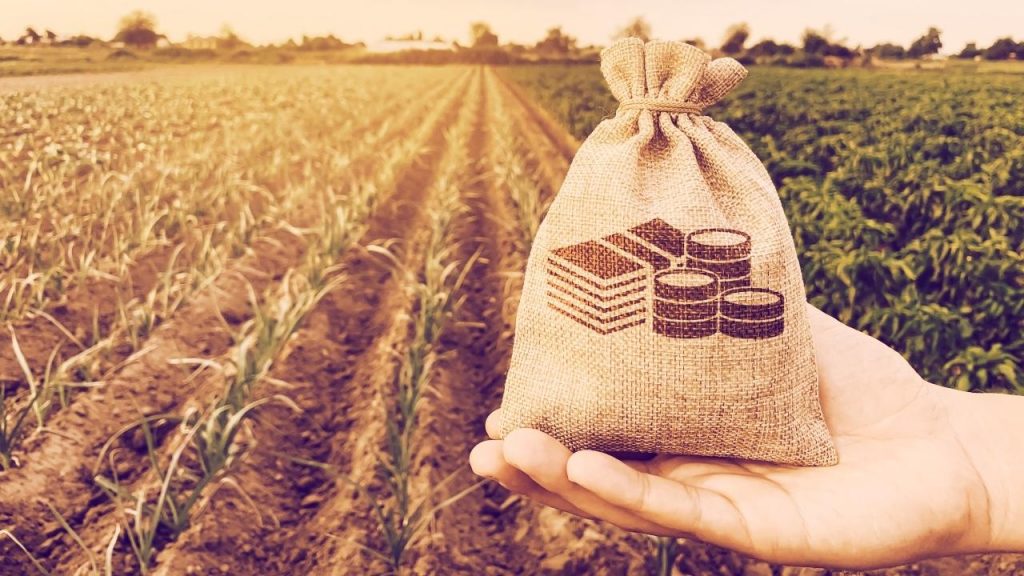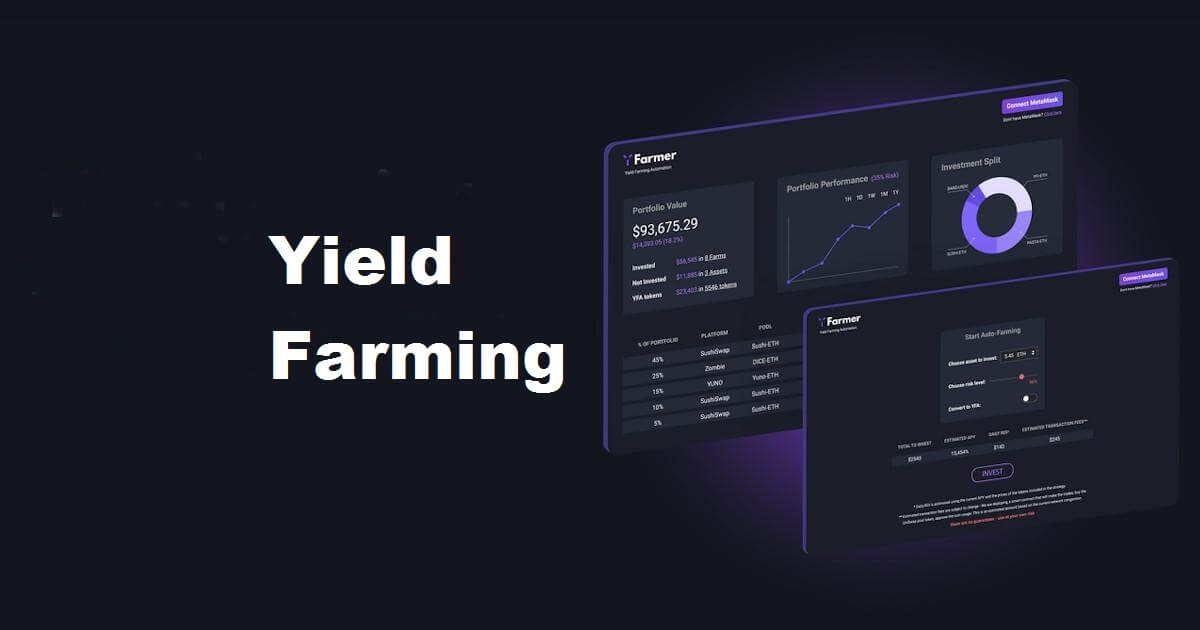
Of course, this is a personal choice that everyone has to make. This is why you should have a careful think about your DeFi earnings on Ethereum platforms, and how they are paying out. For any Bitcoin maximalist out there looking to secure the highest return, it really isn’t the best way to stake your funds. Yield Farming Returns: The Takeawayīy taking a payout in tokens with an inverse relationship to bitcoin’s price, you are ultimately losing out on yield and exposure to BTC. These provide an even bigger chance of securing a lower yield. This basic analysis also hasn’t included the time it takes to trade and the cost of moving funds between wallets.

This ultimately has a knock-on effect on the APY in dollar value that you would receive, giving us a real APY of 6.13%.įrom the results above, you can see that when staking your wrapped bitcoin in pools that don’t pay yield purely in the asset, it’s totally possible that your real gains in BTC value are actually lower.īeefy.Finance after a year will provide you with 46.43% more BTC in yield than Harvest Finance in this example. We will also in fact give it some leeway and assume that this 55.47% was over the whole year for our thought experiment and devalued at a constant steady rate. With some rough calculations, the token has devalued 55.47% against BTC from Octountil today. We also won’t take into consideration its initial volatile period of true price finding at the release of the coin. Here, we will make another simple assumption that the relationship between FARM and BTC is decreasing over time. Rounding USD values to 2 significant figuresĬonsidering FARM rewards must be taken out and swapped for bitcoin, we also need to look at the long-term general trend of the value of FARM to BTC:.

A BTC price of 34,000 USD (rough current price) at the end of the investment period.Assuming each calendar month is exactly 1/12th of a year.Using the higher yield Beefy.Finance BTCB vault.Trading in FARM rewards for bitcoin at the end of the investment period.What I’m looking for here is getting the maximum BTC value (in USD) out of my investment at the end. Let’s assume we have 0.1 BTC to invest in both projects and see exactly how much we get back after a year. This already makes the actual payout when measured purely in BTC a bit more tricky to calculate… What you will actually receive is 4.51% in WBTC and 13.76% in FARM rewards, the platform’s token. When we look into the details, however, the APY given by Harvest isn’t paid out completely in WBTC. Comparing Each Platform’s APYĪt first glance, a whopping 18.27% APY offered by Harvest Finance seems like a safe bet for yield farming your WBTC.īeefy Finance has two vaults on offer for staking your BTCB, one offering 15.58% by yield farming the Venus DeFi platform and the other 3.93% via ForTube To demonstrate my point, let’s take a look at the Ethereum based Harvest Finance yield optimizer and compare it to Binance Smart Chain’s Beefy.Finance. It looks simple… but unfortunately, it’s just not that easy. Naturally, the first thing to do is look for the highest annual percentage yield (APY) out there. Once you’ve gotten Wrapped Bitcoin, you’re ready to start farming some yield.
#Harvest finance yield farming how to#
WBTC/BTCB are pegged tokens trading 1:1 with Bitcoin, allowing you to essentially use BTC with all of the fancy features that come with the Ethereum or Binance Smart Chain networks.Ĭheck out this guide on how to use Wrapped BTC in DeFi and also how you can get your hands on some. All I need to do now, however, is exchange my Bitcoin for Wrapped Bitcoin (WBTC) on Ethereum or the BTCB Bitcoin pegged token available on Binance Smart Chain. To start playing around with all the fun DeFi DApps out there, I first need to somehow get my Bitcoin onto the Ethereum blockchain or Binance Smart Chain.Īt one point in time, we would have had to stop right here. Of course, there are a lot of options when it comes to yield farming tokens, but many enthusiasts are in the same position as me and just want to earn some yield from their BTC that’s sitting around. I’m a bit of a Bitcoin maximalist, and it’s also a pretty good store of value. In my case, I’m looking to invest and earn in Bitcoin. The time spent figuring it all out also needs to be factored in, as exchange rates can be volatile in short time periods when it comes to crypto. It’s really a combination of how your yield is paid out, what crypto you want to be exposed to, and the fees needed to get your yield where you want. But after sorting through all the options available, one thing is clear:ĭeFi yields on Ethereum-based projects can be very misleading. In fact, DeFi investors are known to spend a lazy Sunday afternoon comparing APY’s like a regular, old bond broker.

With the rise of DeFi, squeezing the most returns out of your crypto investments has become a bit of a no-brainer for crypto-savvy investors.


 0 kommentar(er)
0 kommentar(er)
